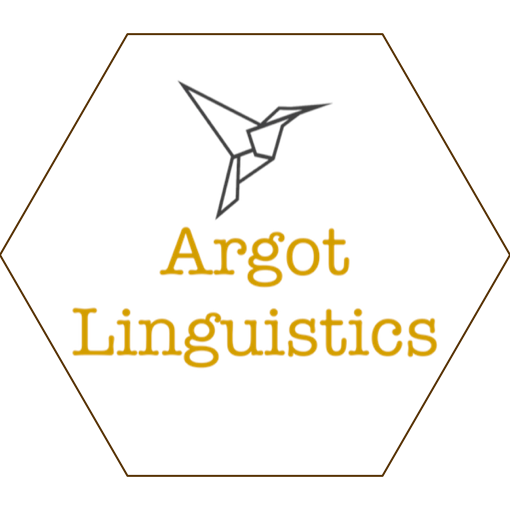The Rich Tapestry of the Chinese Language and Its Dialects

China, a country steeped in history, culture, and diversity, boasts a linguistic landscape as varied as its geographical features. At the heart of this linguistic tapestry lies the Chinese language, a complex and fascinating system with a multitude of dialects. In this exploration, we delve into the intricacies of the Chinese language and the diverse dialects that contribute to its rich heritage.
The Chinese Language
A Logographic Writing System
The Chinese language is renowned for its logographic writing system, where characters represent words or morphemes, rather than individual sounds. This system, dating back thousands of years, unifies the written language across diverse regions and dialects.
Tonal Nature
One of the defining features of the Chinese language is its tonal nature. Mandarin, the official language of China, has four main tones and a neutral tone. The pitch at which a syllable is pronounced determines its meaning, adding an extra layer of complexity and beauty to the language.
Dialects in China
Mandarin: The Lingua Franca
Mandarin, or 普通话 (Pǔtōnghuà), serves as the lingua franca, spoken by the majority of the population. With its roots in the northern regions, Mandarin has become the official language, fostering communication across the vast expanse of China.
Cantonese: A Melodic Dialect
In the southern regions, particularly in Guangdong and Hong Kong, Cantonese takes center stage. Known for its melodic and distinctive pronunciation, Cantonese has played a crucial role in the development of Chinese cinema and popular culture.
Shanghainese: A Regional Gem
Shanghainese, spoken in the bustling metropolis of Shanghai, reflects the city's cosmopolitan history. With influences from neighboring provinces and international trade, Shanghainese is a fascinating blend of linguistic elements.
Hokkien and Teochew: Maritime Influences
In the southeastern coastal areas, dialects like Hokkien and Teochew thrive. Shaped by historical maritime connections, these dialects showcase the cultural diversity that has characterized China's coastal regions.
Hakka: A Nomadic Legacy
Hakka, spoken by the Hakka ethnic group, reflects a history of migration and resilience. With communities scattered across various provinces, Hakka serves as a testament to the adaptability and tenacity of its speakers.
Language Evolution and Cultural Significance
The Role of Dialects in Identity
Dialects in China are not merely linguistic variations but also integral components of regional identity. They connect individuals to their roots, fostering a sense of belonging and cultural pride.
Preserving Linguistic Diversity
While Mandarin serves as a unifying force, efforts are underway to preserve and promote linguistic diversity. Local governments and cultural organizations actively support initiatives to document and revitalize endangered dialects, recognizing their cultural and historical importance.

The Chinese language, with its myriad dialects, stands as a testament to the diverse and multifaceted nature of China. Embracing this linguistic variety not only enriches our understanding of Chinese culture but also highlights the resilience and adaptability of a language that has evolved over millennia. As we navigate the linguistic landscape of China, we find a harmonious blend of unity in diversity, a reflection of the nation's enduring spirit.
